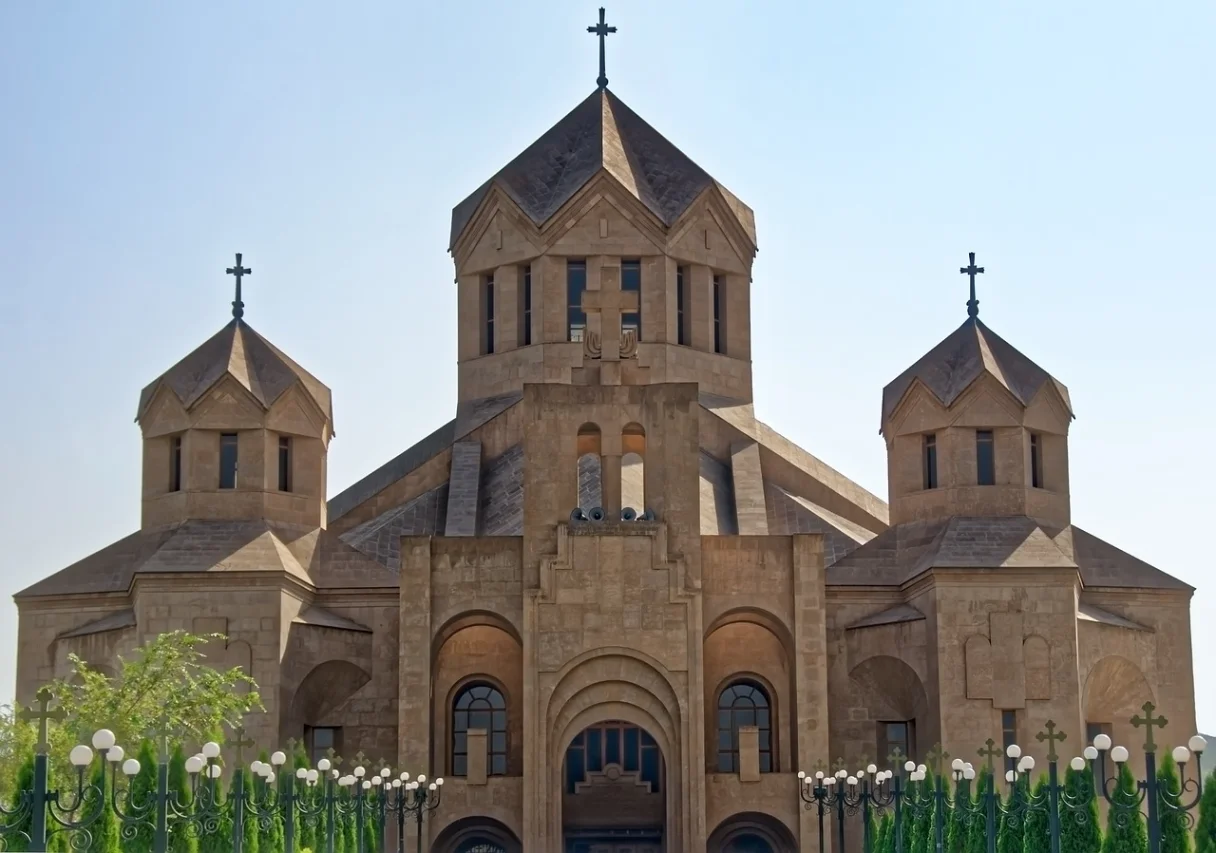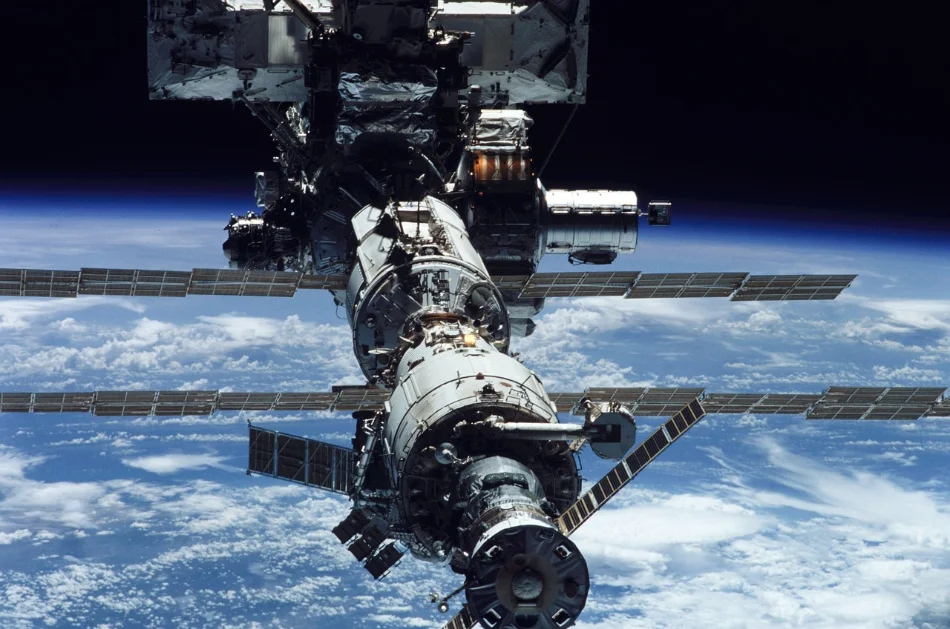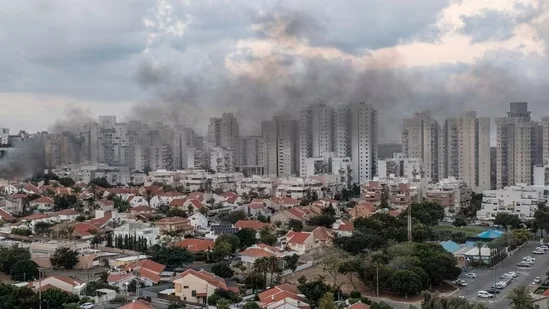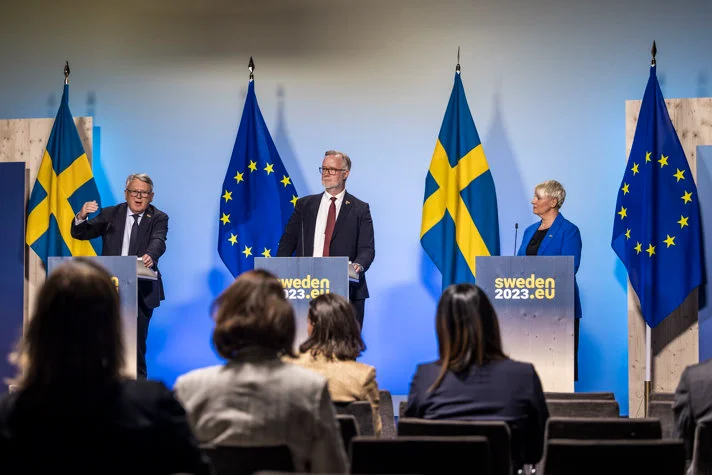Azerbaijan has successfully wrapped up its military operation in just one day to regain full control of Karabakh, putting an end to 30 years of separatist activities in the region. Karabakh was inhabited by around 100,000 ethnic Armenians who had not disarmed following the ’44-day war’ in 2020. This recent one-day conflict might kickstart difficult peace talks between Armenia and Azerbaijan.
Another possibility, if Armenia doesn’t agree to let Azerbaijan use the Zangezur pass for access to its exclave Nakhichevan, could lead to another round of military conflict between the two nations. This situation is particularly concerning given the ongoing conflict in Ukraine, as it might be challenging for the EU, US, or Russia (which has a military base in Armenia) to intervene effectively. Additionally, resolving the separatist issues in the Caucasus could potentially set a precedent for resolving other frozen conflicts in Georgia and Moldova, which have been influenced by Russia since the 1990s to 2008.
On September 20, 2023, following heavy shelling of separatist military targets, more than 200 Armenian separatists were killed, and 400 to 700 were wounded in the initial hours, according to Azerbaijani sources. Azerbaijani forces also destroyed air defense and other military facilities. Azerbaijan suffered the loss of 191 soldiers and militiamen. Subsequently, the Armenian separatists realized that further resistance was futile and agreed to an unconditional ceasefire and disarmament. Both sides began negotiations, and a humanitarian corridor was established for civilians wanting to leave the conflict zone. According to the latest information from Armenia, nearly all of the Armenian population in Karabakh, about 100 thousand people, have used this corridor to leave. UN observers have not reported any cases of ethnic cleansing. During the hostilities, the Russian peacekeeping contingent in Karabakh was asked to remain in their permanent deployment locations to avoid casualties, and it’s unclear whether their continued peacekeeping mission in Azerbaijan is meaningful.
According to reports from Azerbaijani media, the negotiating parties have reached agreements on “70% of the issues.” It’s likely that the remaining 30% of unresolved matters revolves around the Zangezur corridor, which would provide Azerbaijan with access to the Nakhchivan region.
The Zangezur pass holds significant importance for Azerbaijan and was part of the agreements established after the 2020 44-day war. However, it appears that Armenia is currently reluctant to concede on this matter. This reluctance is indirectly indicated by the statement made by Armenian Prime Minister Nikol Pashinyan, who stated that Armenia is not directly involved in the conflict between the Karabakh separatists and Baku. Nevertheless, opening the corridor to Nakhichevan is a crucial condition for Azerbaijan to improve relations between the two nations. If this issue remains unresolved, it could potentially lead to another round of hostilities between Armenia and Azerbaijan, as President Aliyev of Azerbaijan has hinted in recent speeches.
During the Soviet era, there was a transportation route in Zangezur, consisting of a railroad and a highway. However, in the 1990s, after the First Nagorno-Karabakh War, Armenia dismantled this route. This move disrupted the connections between Azerbaijan and its exclave. The initial hostilities in the 1980s led to over 300,000 Azerbaijanis leaving Armenia and nearly 500,000 leaving Karabakh, which was captured by Armenian forces and separatists. They became refugees, fleeing to safety in Azerbaijan. Tragically, there were numerous instances of mass killings by Armenian militia during this period, with over 2,000 people still missing.
Today, Azerbaijan aims to fully restore the corridor in the Zangezur region, which was previously inhabited by Azerbaijanis. This would also provide the shortest route to Turkey.
Although reopening this corridor would have positive economic benefits for landlocked Armenia, it faced strong opposition from Iran. Iran even threatened to intervene if Azerbaijan took military action. However, when Turkey and, unexpectedly, Pakistan stated that Iran should not interfere in the Armenian-Azerbaijani conflict, Iran changed its stance.
A major obstacle for Azerbaijan in reopening the corridor is that it’s located within Armenia’s recognized borders. If Baku were to send its troops, it would trigger a common defense treaty between Armenia and Russia. However, the Russian contingent in Armenia, consisting of 5,000 troops, is not sufficient to face Azerbaijan’s much larger force of 60,000, which has significantly improved its combat capabilities over the past three years, while Armenian forces have not recovered. Recent events have shown that these factors make it nearly impossible for Armenian forces to confront Azerbaijan, and there’s little hope for effective help from the West, as they are preoccupied with the war in Ukraine.
Additionally, Turkey is actively supporting Azerbaijan in this matter, and the Western nations are likely interested in reducing Russia’s influence and its military base in the South Caucasus. The frustration among Armenians regarding the Kremlin’s lack of involvement in the previous war and the loss of Karabakh may lead Armenia to reconsider its military alliance with Russia.
Armenia is currently facing a challenging situation in terms of geopolitics and strategy. Turkish President Erdogan recently visited Baku, where discussions may have revolved around a formal meeting involving the leaders of Turkey, Armenia, Azerbaijan, and Russia. Such a meeting could potentially resolve the issue of the Zangezur corridor. However, if a resolution is not reached, it raises the risk of another military conflict between Armenia and Azerbaijan, which seems increasingly likely. President Aliyev has already taken advantage of unique opportunities in the past (the 44-day war during a pandemic lockdown), and he’s unlikely to overlook Armenia’s current isolation and weakness.
Successfully ending the separatist movement in Karabakh by Azerbaijan could have broader geopolitical implications. It might lead to the reevaluation of other similar issues in neighboring countries like Georgia and Moldova. However, these situations differ from one another and have their own complexities. Georgia’s military capabilities are significantly lower than Azerbaijan’s, as Azerbaijan has spent nearly $3 billion annually on military buildup over the past decade, accounting for almost 5% of its GDP. In contrast, Georgia’s military spending is only $0.5 billion, or less than 2% of its GDP. Georgia also has to contend with Russian forces, although they are weakened due to their involvement in the Ukraine conflict. Additionally, the current Georgian government does not seem prepared to escalate tensions with Russia in order to regain control over its breakaway regions of Abkhazia and South Ossetia.
The situation in Moldova isn’t drastically different in terms of its military strength. However, with Russia’s diminishing influence, their 2,000-strong presence in Dniestr is without any support. It’s clear that the West is likely to offer the needed military help to Moldova to put an end to the last stronghold of Trans-Dniestr separatism in Eastern Europe.





